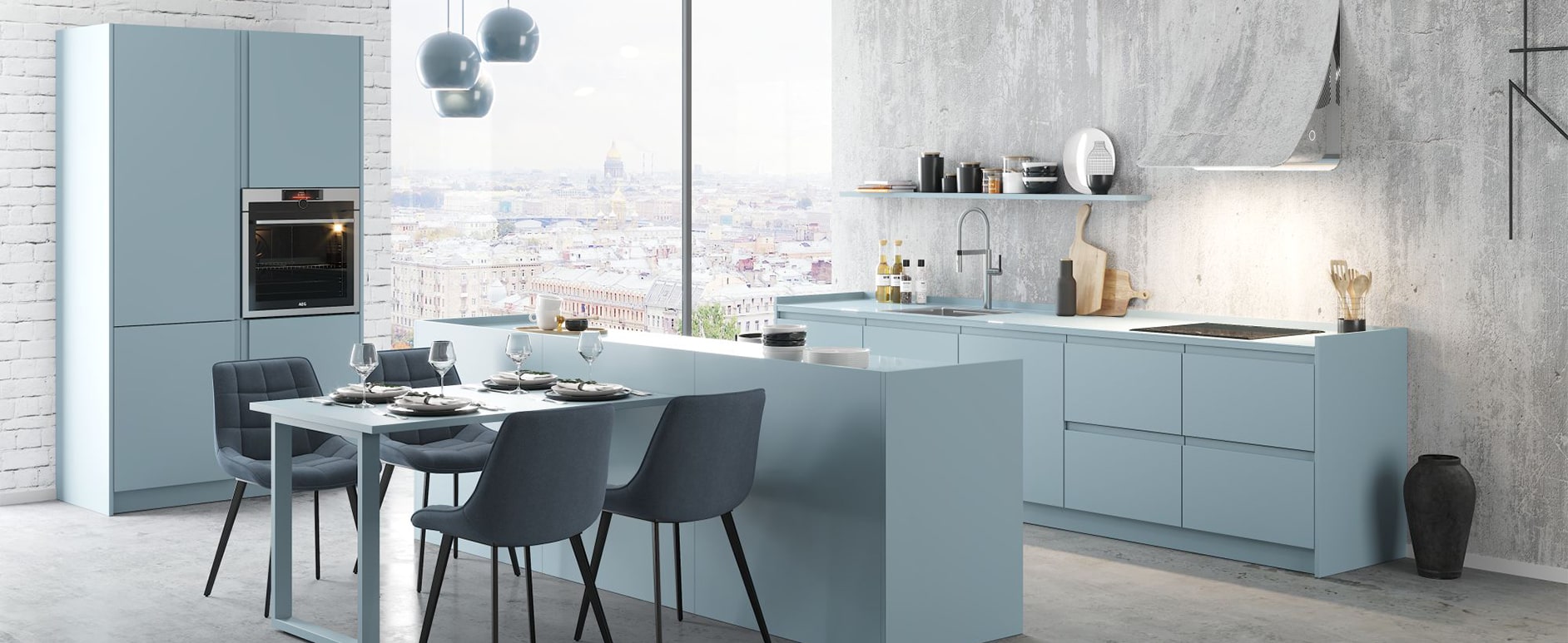
Introduction to Reworking Creative Culinary Spaces
As food continues to be not just a necessity but a passion for many, the heart of every home or business — the kitchen — has transcended its traditional boundaries. Creative culinary spaces have become essential for food enthusiasts seeking to hone their cooking skills, experiment with new recipes, or entertain guests with gastronomic delights. The trend of reworking these spaces has gained momentum as individuals and professionals alike seek not just functionality, but also inspiration and comfort in their culinary environments.
Designing for Efficiency and Flow
One of the key aspects to consider when reworking a culinary space is the design's efficiency and flow. This involves creating an intuitive arrangement where appliances, storage, and counter space are seamlessly integrated, allowing for ease of movement and a well-organized kitchen layout. Ergonomics plays a crucial role, with the goal of minimizing unnecessary steps and maximizing productivity within the space, whether it's a bustling restaurant kitchen or a cozy home food-prep area.
Incorporating Technology and Modern Appliances
Modern culinary spaces are increasingly incorporating cutting-edge technology and high-end appliances to boost creativity and functionality. From smart ovens that can be controlled remotely to advanced refrigeration systems that keep ingredients at optimal temperatures, technology enhances the culinary experience. The inclusion of devices like sous-vide machines, high-powered blenders, and precision cookers has expanded the horizons of cooking techniques available to the home chef.
Material Choices and Aesthetics
Selecting the right materials for countertops, cabinetry, and flooring is pivotal in both the usability and the visual appeal of a culinary space. Durability and ease of maintenance are top considerations, especially for surfaces that will encounter heat, knife work, and spills. Materials like quartz, granite, and stainless steel offer resilience and elegance. Additionally, choices in colors and textures can reflect a cook's personality and style, transforming the kitchen into a bespoke work of art that stimulates the senses.
Lighting and Accents for Ambiance
Lighting is not only practical but also essential in creating the right ambiance for a creative culinary space. A well-designed lighting plan can highlight architectural features, enhance functionality, and set the mood for cooking and dining. Task lighting ensures that work areas are well-lit, while accent lights can showcase beautiful dishware or artful ingredients. Pendant lights or under-cabinet strips add layers of warmth and dimension, creating an inviting space for culinary creation and conversation.
Flexible Spaces for Collaboration and Entertainment
Modern culinary spaces are often designed with flexibility in mind to accommodate different activities such as cooking classes, dinner parties, or family gatherings. Islands or peninsulas with adjustable seating arrangements can serve as prep areas, dining tables, or discussion hubs. Open-plan kitchens that blend with living areas encourage interaction, making the culinary space the centerpiece of social engagement. Such multifunctional environments promote collaboration and enjoyment around the shared experience of food.
Conclusion: The Heart of Innovation
Reworking the creative culinary space goes beyond mere aesthetics and functionality; it's also about embracing the evolving culture of food. As culinary enthusiasts continue to innovate and push the boundaries of what's possible in the kitchen, these spaces reflect the heart of that innovation. In crafting kitchens that inspire and delight, designers and chefs alike are recognizing that a well-thought-out culinary space is an essential ingredient for culinary excellence and joy in the art of cooking.